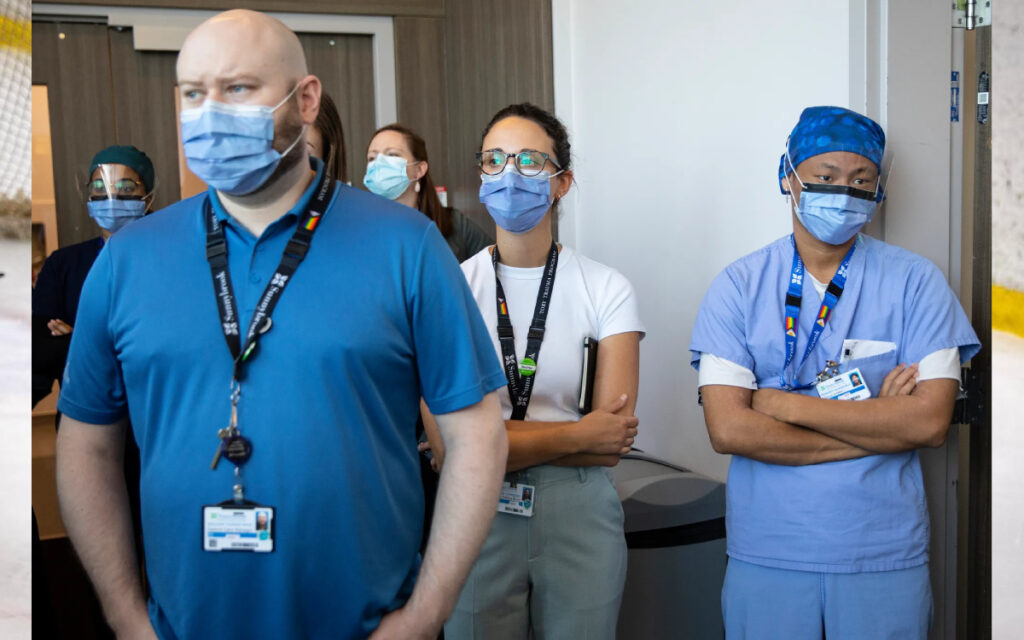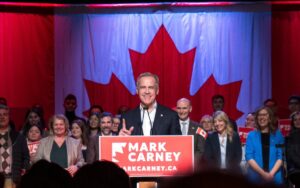
Niagara Region needs 81 new family doctors in order to fill the region’s shortage. Niagara’s population is also growing and is projected to hit 694,000 by 2051, making the need for more family doctors even more acute. Photo Credit: Chris Young/The Canadian Press.
Experts estimate that there are currently 147,000 residents in the Niagara Region who do not have a family doctor and that number is only set to grow in the years ahead.
A recent report to Niagara Region’s Public Health and Social Services Committee noted that there are only 265 family doctors in the Niagara area servicing a population of 477,000.
Those Niagara residents who are lucky enough to have a family doctor go to a practice where the average doctor manages a patient roster of 1,380.
That same report also suggests that Niagara Region needs 81 new family doctors in order to fill the region’s shortage. Niagara’s population is also growing and is projected to hit 694,000 by 2051, making the need for more family doctors even more acute.
The key to filling this physician gap may be the same in Niagara as it is across the country: ensuring more foreign-born and trained physicians are able to practice when they immigrate or migrate here.
Stories are often heard of doctors other regions and continents working minimum wage jobs while their skills are left unused. This not only hurts well-educated doctors but also the people of Niagara, who desperately need to see more family doctors in the region.
The process for getting foreign-taught doctors accredited in Ontario can be cumbersome. While timelines vary based on region of origin, some newcomers must go through a five-year process of additional training before they’re able to practice. Many are forced to take courses whose content they have already mastered in their country of origin.
Hundreds of immigrants trained elsewhere as doctors cannot even afford to pay to go through Canada’s cumbersome certification process, stranding many and leaving them without a chance to practice medicine again.
Yet another hurdle is that physicians cannot complete their required training when coming to Canada without completing a residency, which can be a very difficult thing to acquire when first moving to Canada or simply when planning to.
The number of future physicians in Canada’s medical schools right now falls far short of the number of new doctors needed to fill gaps in the system. And the vast majority of new doctors choose to specialize in something other than family medicine after graduating.
The key to policy change may be for local elected officials to lobby provincial and federal government officials to change the rules to make it easier for foreign-trained doctors to get accredited in Canada.
In a presentation made to Niagara Regional Council last month, two foreign-born doctors from Colombia urged councillors to get Niagara Region Public Health involved in advocating for policy change to make it easier for more new Canadians with medical degrees to practice.
International physicians from the United States, the United Kingdom, Ireland and Australia no longer have to pass the Medical Council of Canada Qualifying Exams.
Sixty-one per cent of Niagara Region’s new doctors who arrived in 2023 came from those countries.
Many are pushing the government to consider adding other countries to that list.

Jay Goldberg is the Ontario Director at the Canadian Taxpayers Federation. He previously served as a policy fellow at the Munk School of Public Policy and Global Affairs. Jay holds a Ph.D. in Political Science from the University of Toronto.



















